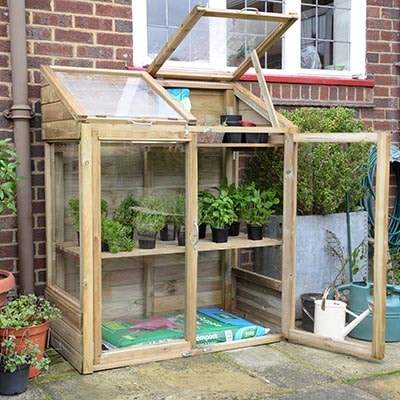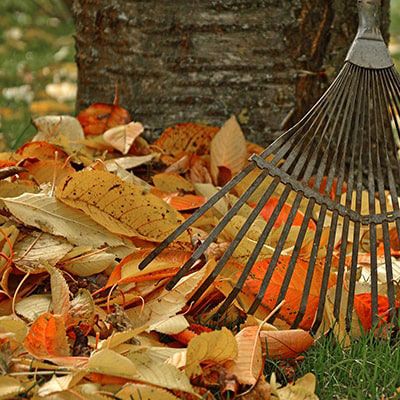
The weather is getting colder and wetter, but there’s still plenty of jobs for you to do outside.
A prudent gardener can even use Bonfire Night celebrations to help maintain their garden.
Here are our top 10 tips for making the most of your November garden, for the benefit of plants and wildlife alike.
Top 10 November Gardening Tips

1. Utilise Your Bonfire
Many of you will be enjoying Bonfire Night celebrations in the first week of the month.
Although much of your garden waste will go straight in the composter, consider using suitable excess debris as fuel.
Make sure you check for hedgehogs before lighting your bonfire.
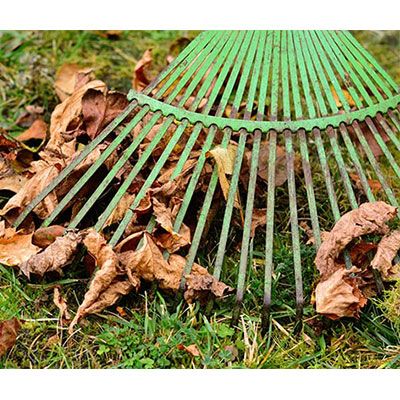
2. Keep Clearing Leaves
Dead leaves provide good hiding places for fungi and slugs, but aren’t so beneficial to other things in your garden.
Unless you keep on top of this job, your lawn, pond and flowerbeds will suffer.

3. Plant Tulips
The rest of your spring-flowering bulbs should already be planted, and now it’s time for the tulips.
Plant in full sun, sheltered from strong winds, with at least twice a bulb’s width apart, and at a depth of three times the bulb’s height.
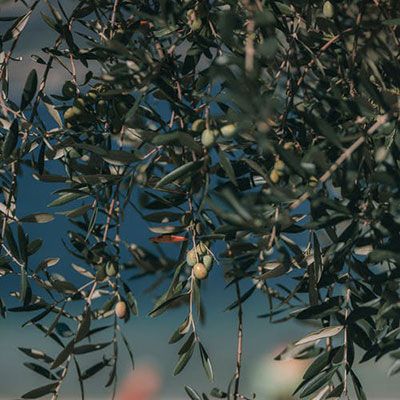
4. Protect Tender Plants
If it’s not practical to move your tender container plants and trees to the greenhouse, use bubble wrap or fleece to insulate them from the cold.
Be sure to do this at the first sign of frost.
During periods of milder winter weather, remove this protection to reduce the risk of rot.
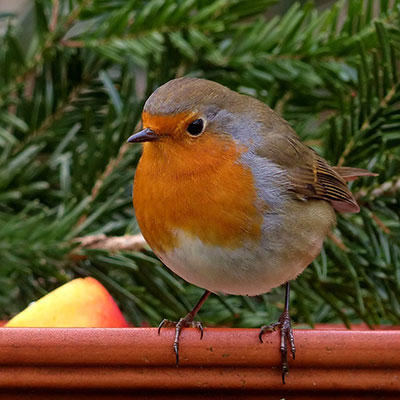
5. Put Out Plenty of Bird Food
The colder months are when birds need our help most.
If you don’t already own one, invest in a bird feeder and bird bath, and be sure to keep them well supplied.
In return, the birds will keep garden pest numbers down and brighten up your winter days.
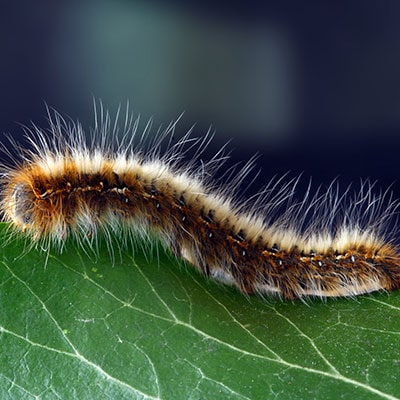
6. Protect Fruit Trees from Winter Moths
Apply grease bands to your fruit trees’ trunks.
This will prevent female moths from climbing them and laying their eggs amongst the branches, saving you from an infestation of caterpillars next spring.
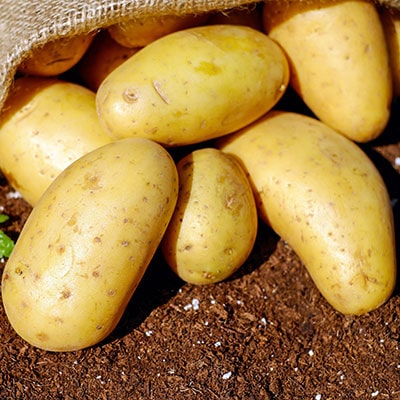
7. Check Stored Fruit and Vegetables
Check all of your stored potatoes, onions, apples and pears.
Remove any that are showing signs of rot immediately to avoid it spreading.
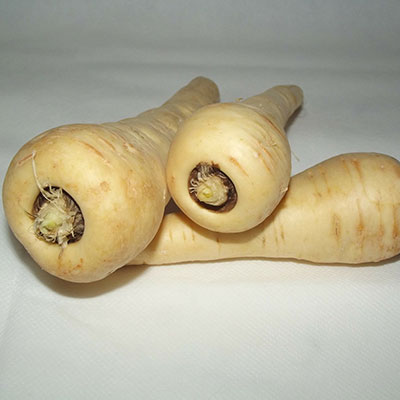
8. Lift Parsnips
The foliage should be dying down by now, so your parsnips will be ready to lift.
There’s no need to do them all at once as they’re fine left in the ground.
Simply lift as and when required.
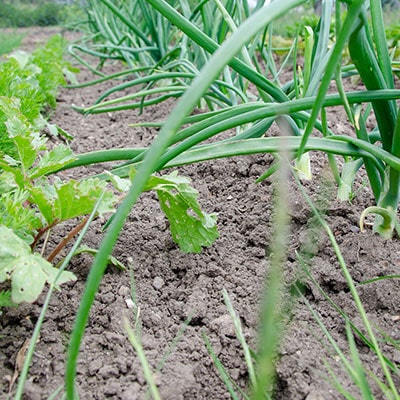
9. Put Fresh Manure on the Vegetable Patch
Now is the time to spread fresh manure on your vegetable patch.
This will give it time to work its way into the soil, ready for spring planting.
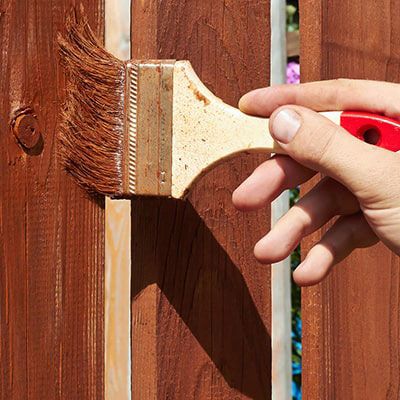
10. Paint or Stain Your Fence and Shed
If you don’t own a pressure-treated fence or shed, choose a dry day to apply the annual coat of quality wood preservative.
This will protect the timber from the worst of the winter weather.
For a more individual look, you can apply paint instead.
Garden Supplies for Sale
Here at Buy Sheds Direct, we know how much you value spending time in your garden.
That’s why we’re here for you the whole year round.
Choose from our superb range of greenhouses, wooden planters and other garden supplies, so that you can make the most of your garden come rain or shine.

